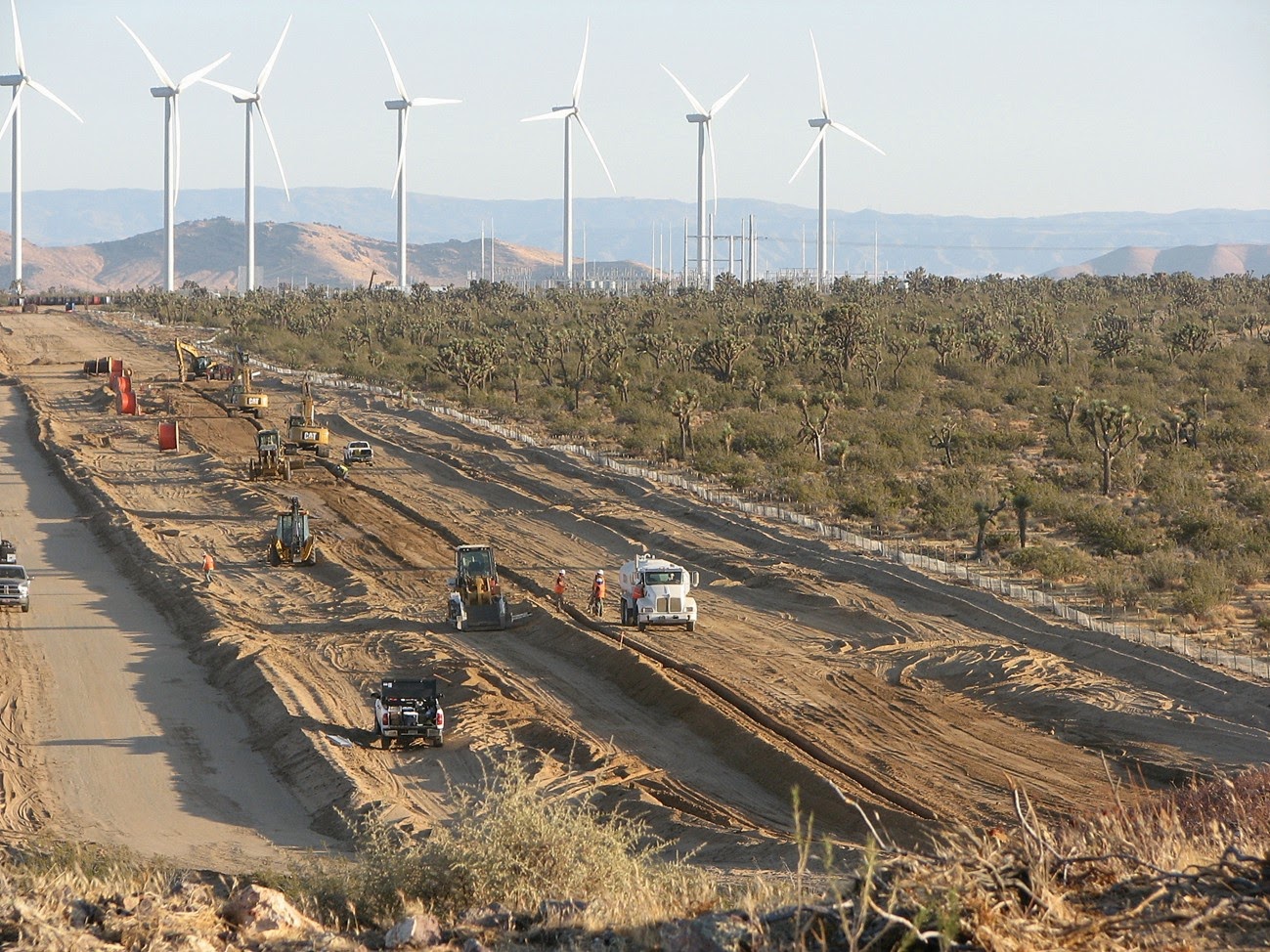DRECP Spotlight: Conservation Designations

My last couple of Spotlights focused on how the Desert Renewable Energy Conservation Plan designates areas where large-scale renewable energy projects will be considered and fast-tracked, including development focus areas (DFAs), special analysis areas, and future assessment areas. In an attempt to balance this destruction with conservation, the DRECP also identifies lands to be protected from various forms of destruction. The types of DRECP conservation designations for lands in the California desert vary depending on whether the land is administered by the Bureau of Land Management (BLM) or private (non-federal). BLM Conservation Designations While the DRECP bestows conservation designations on some key BLM lands in the California desert, the designations may not be very durable because they can be lifted in a future revision of a BLM land use plan. This is particularly troubling because the projects built on DFAs will leave their mark on the land...





